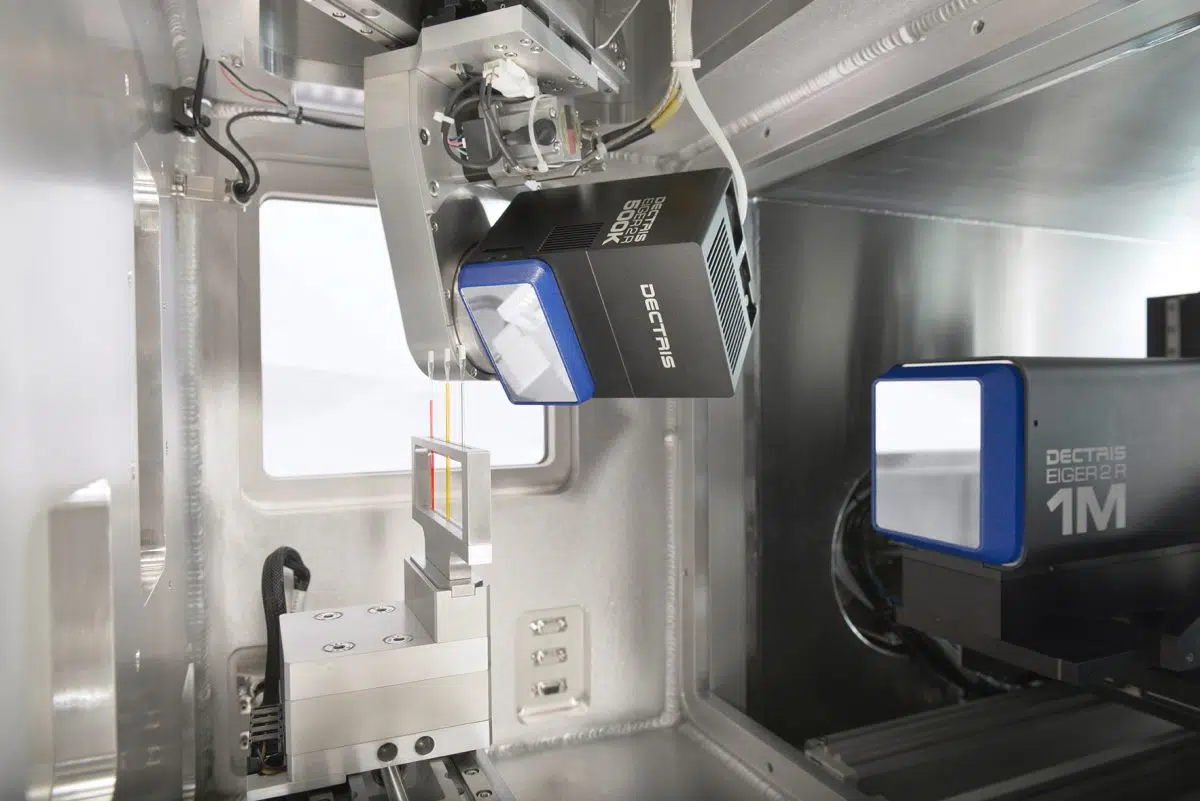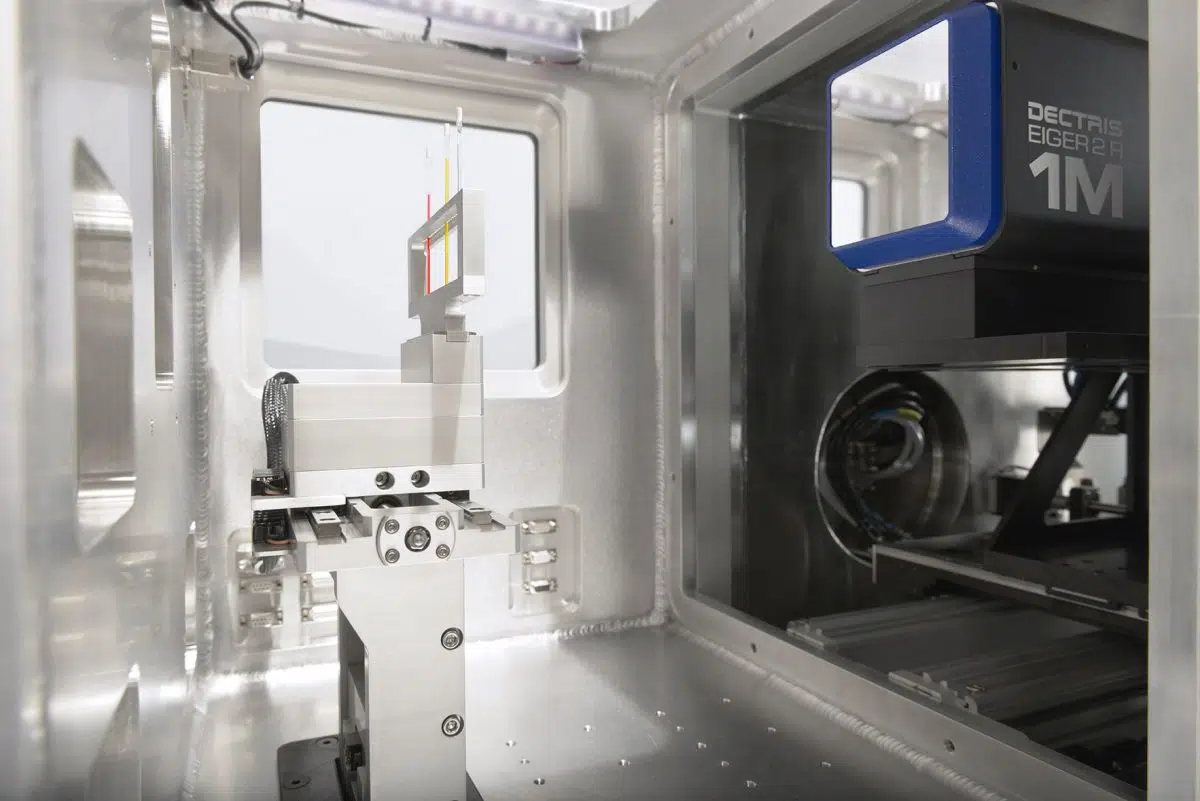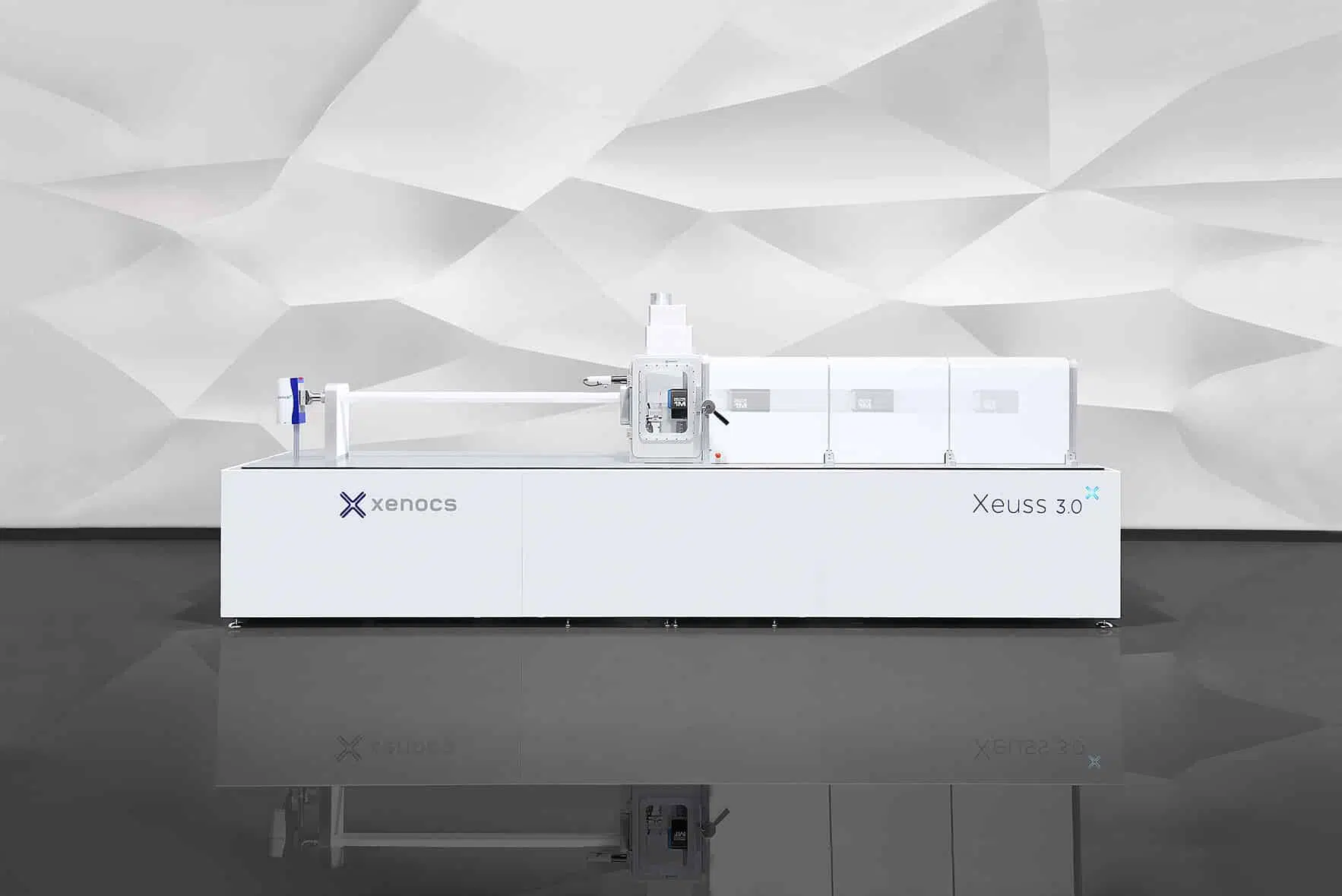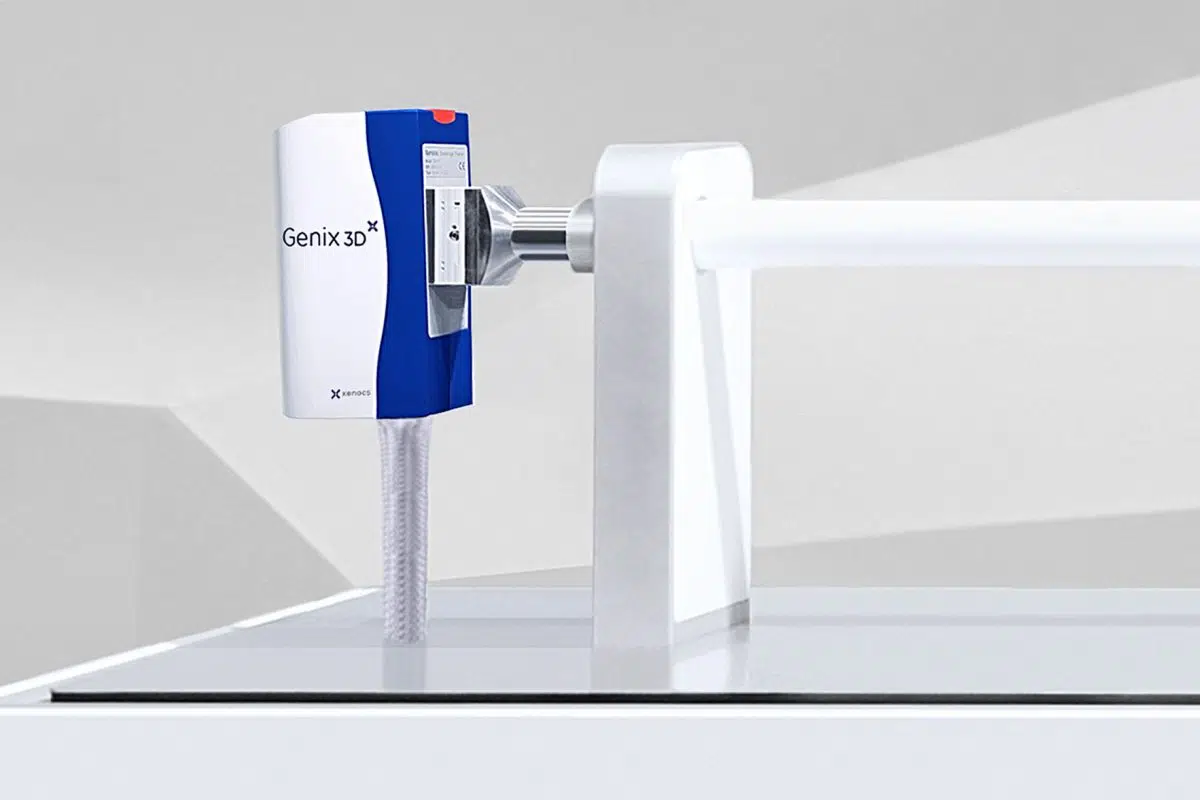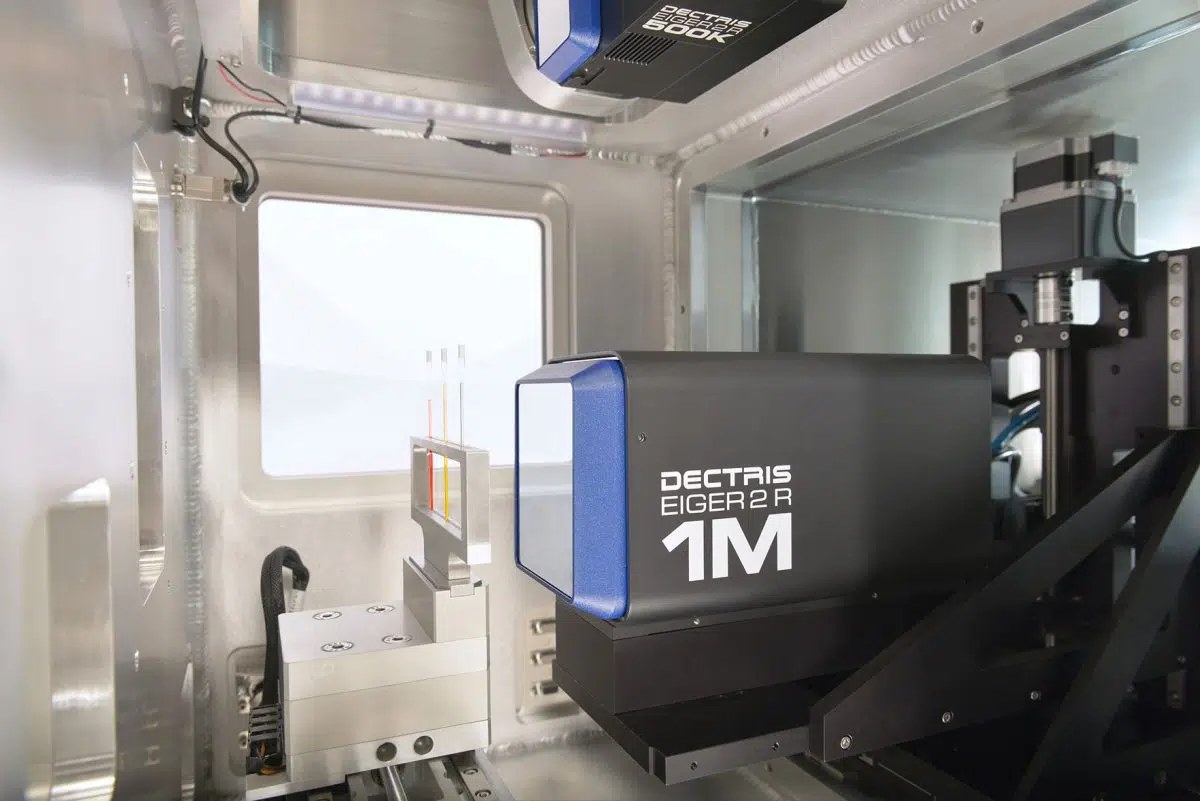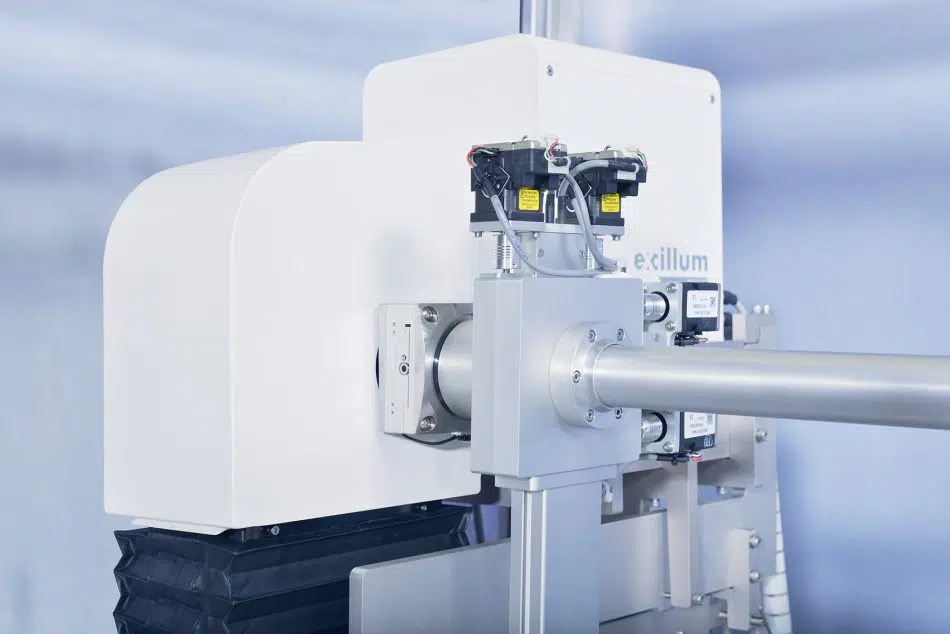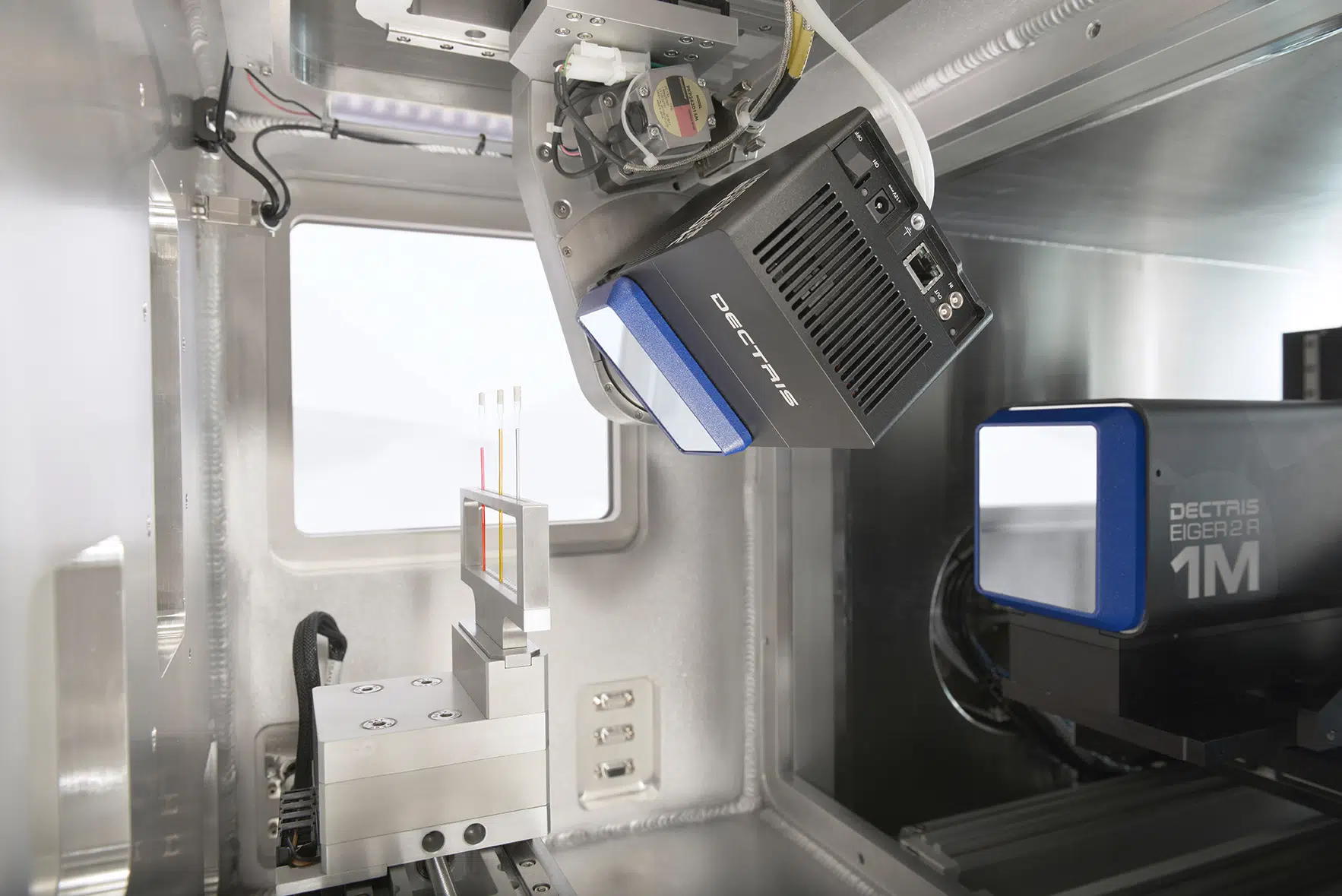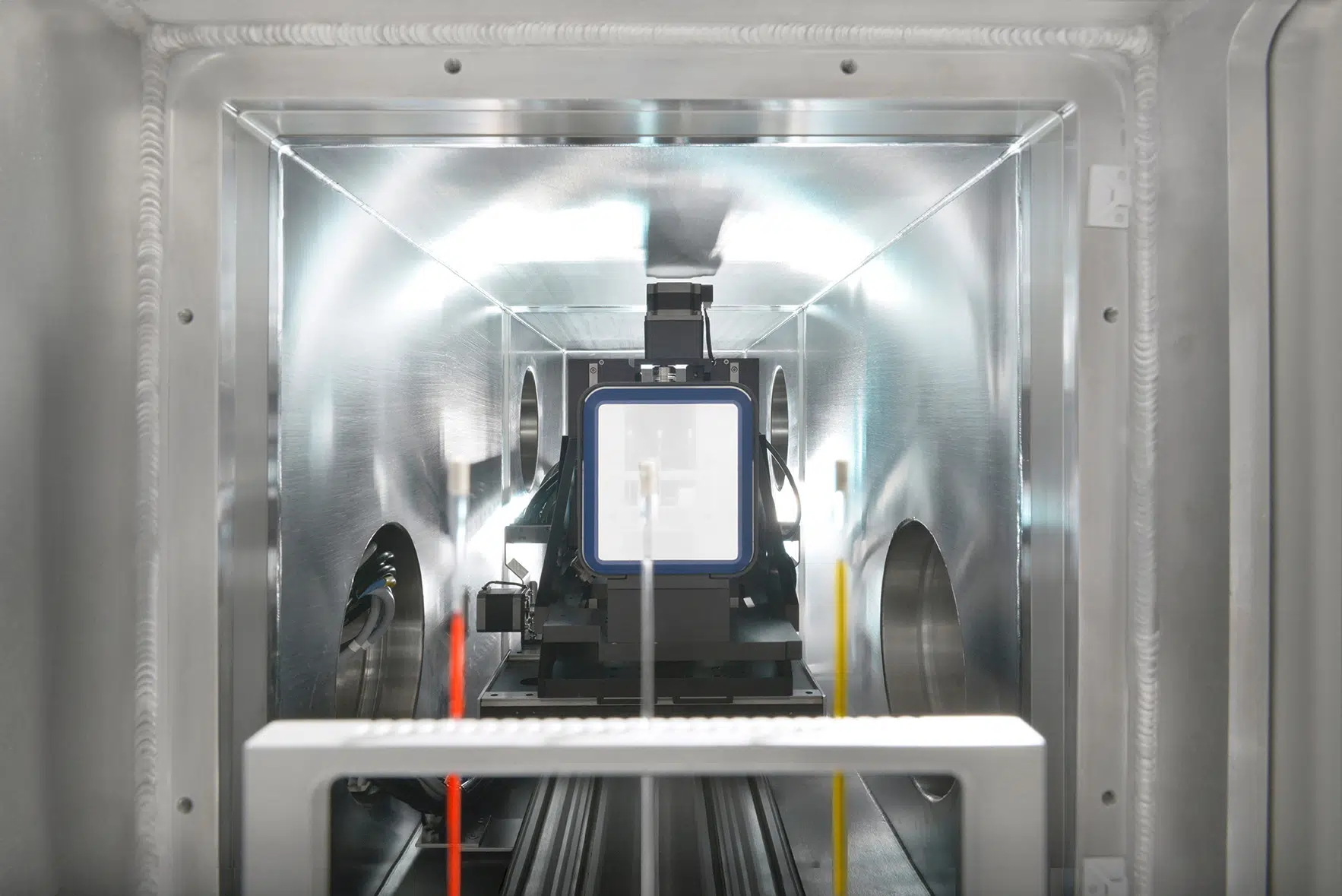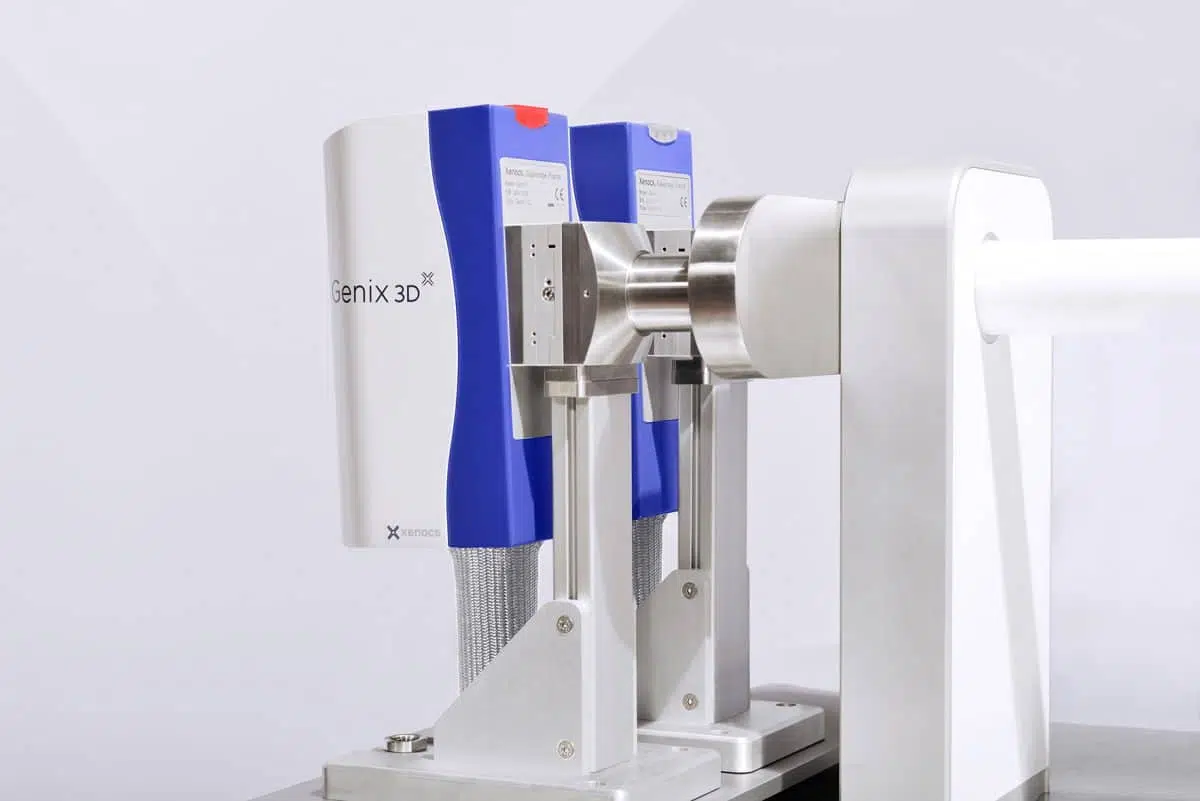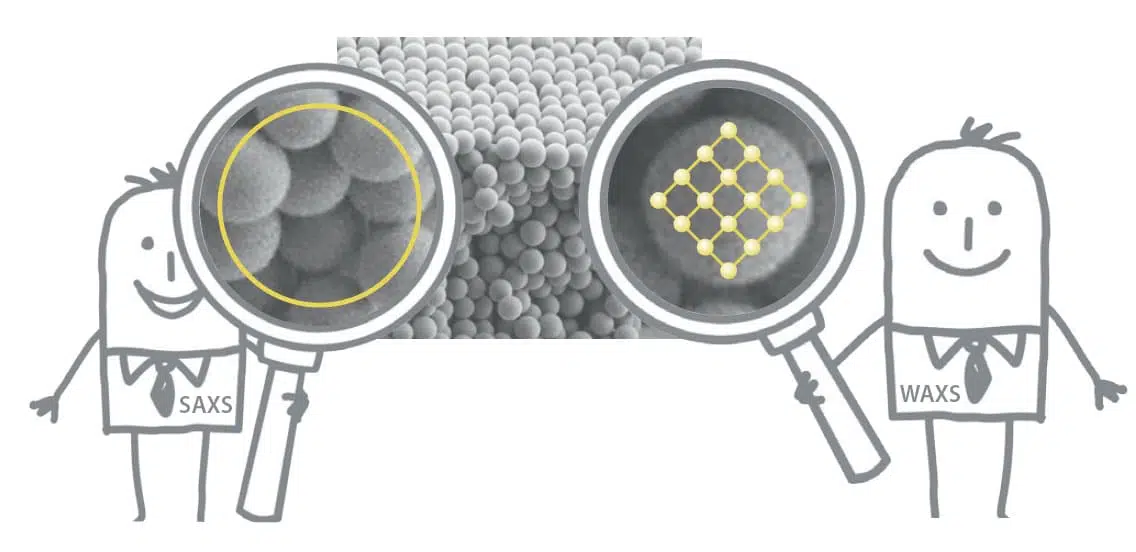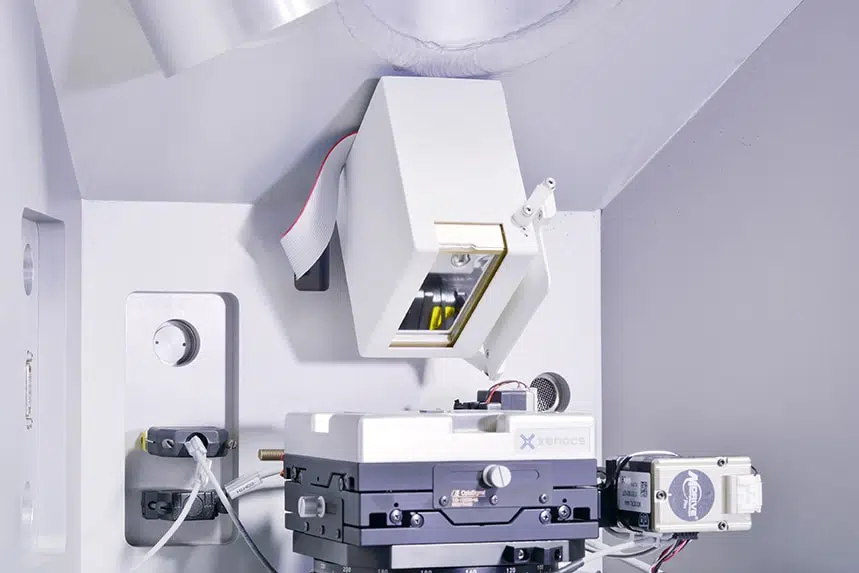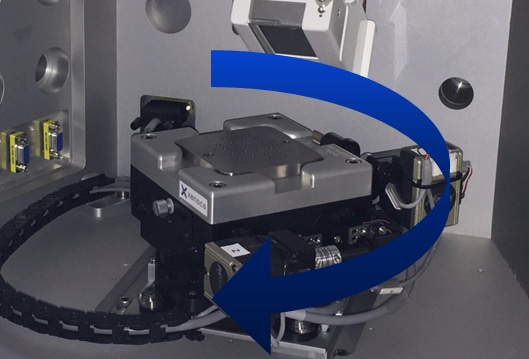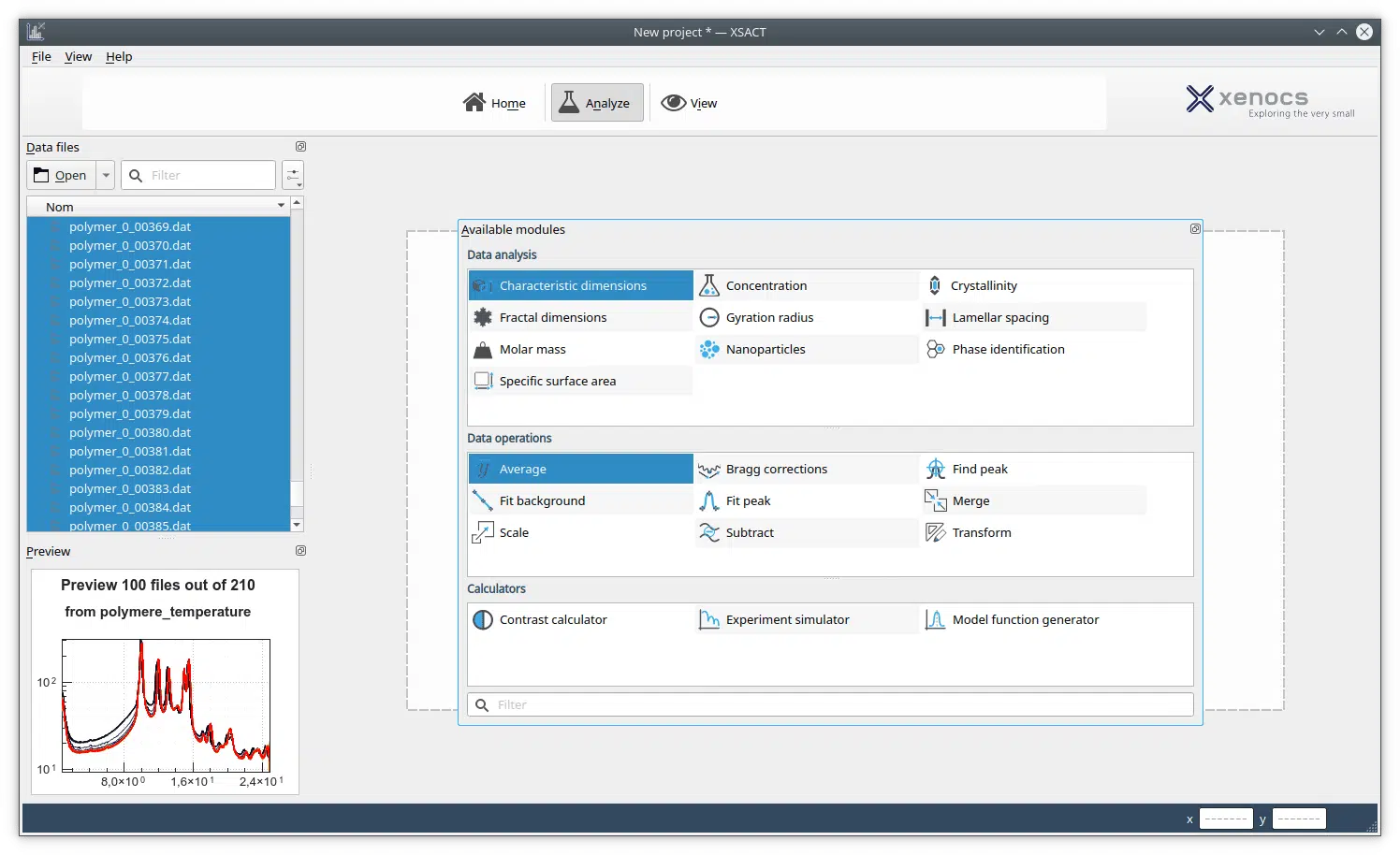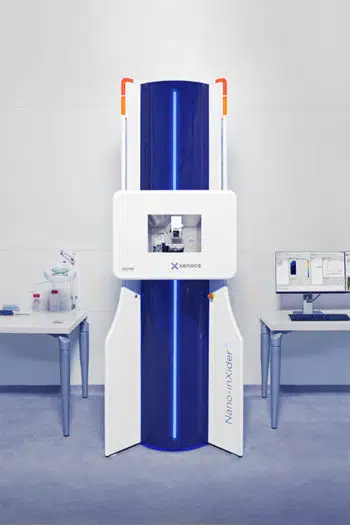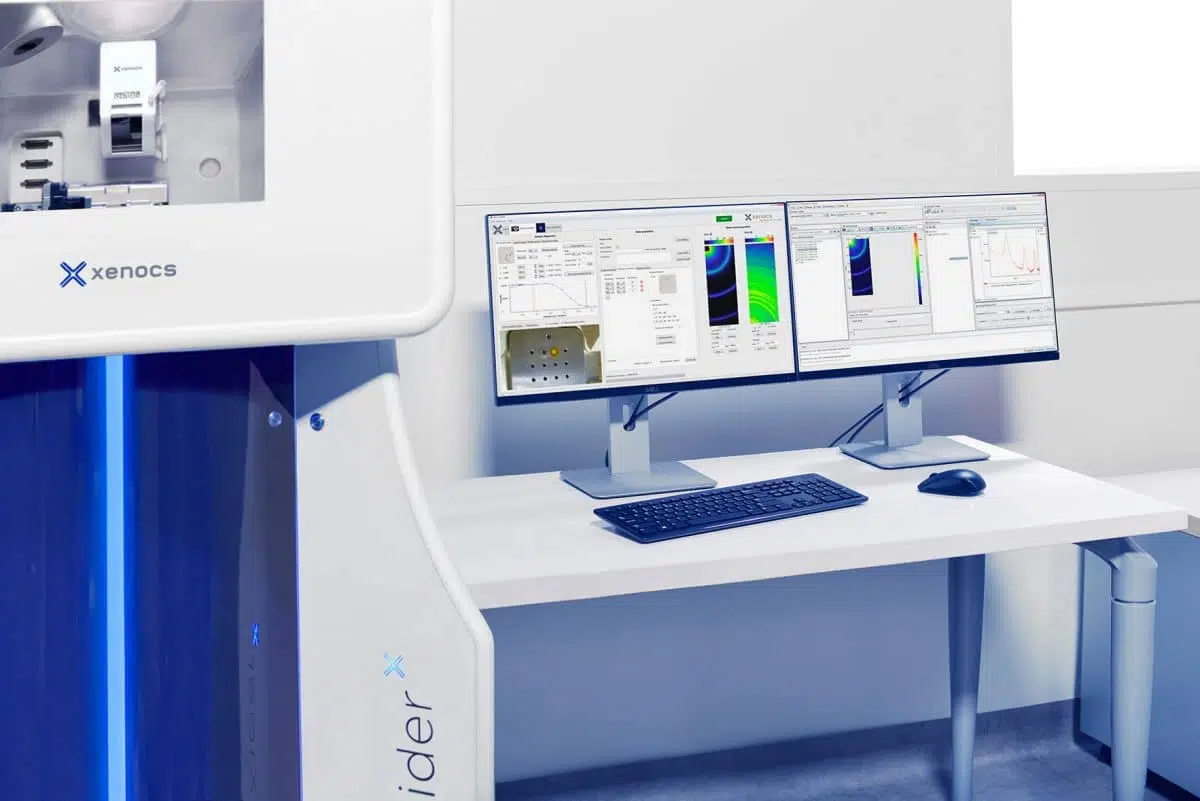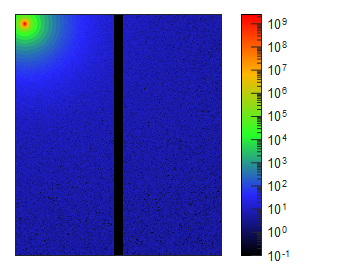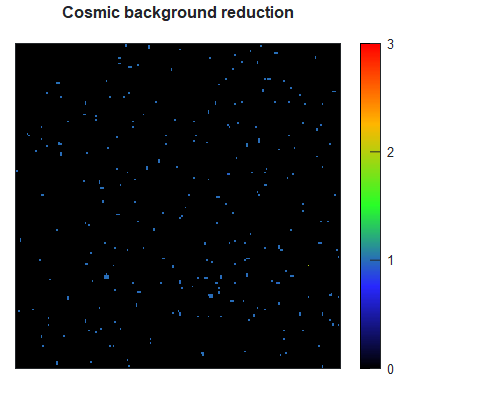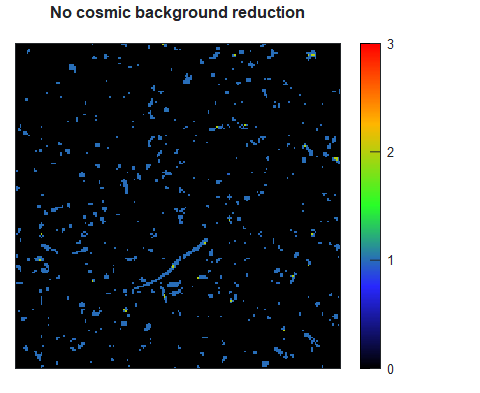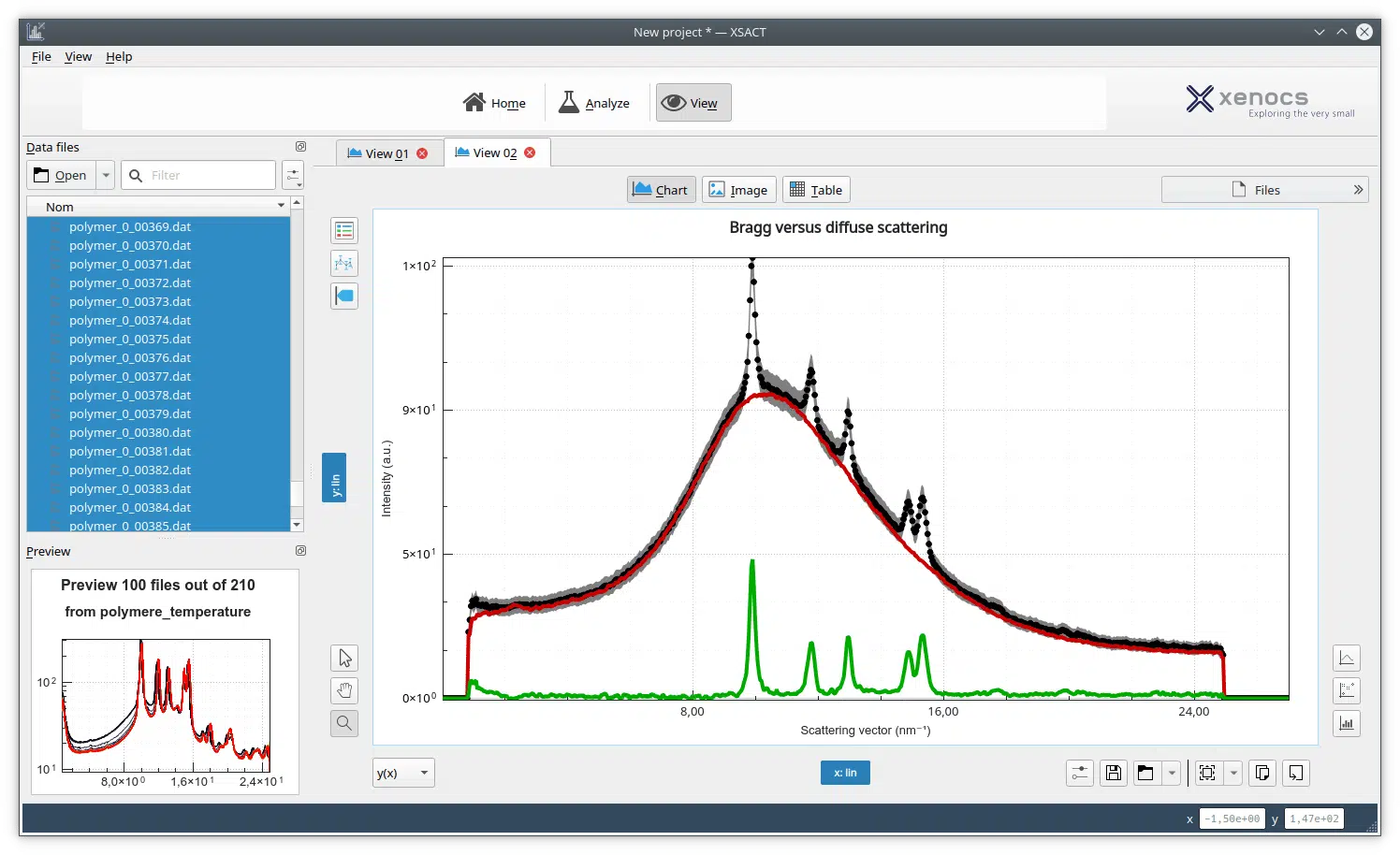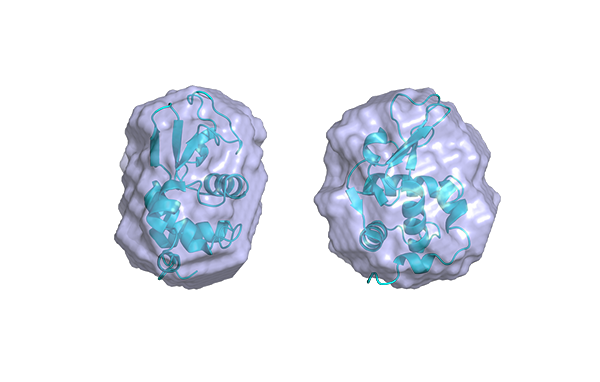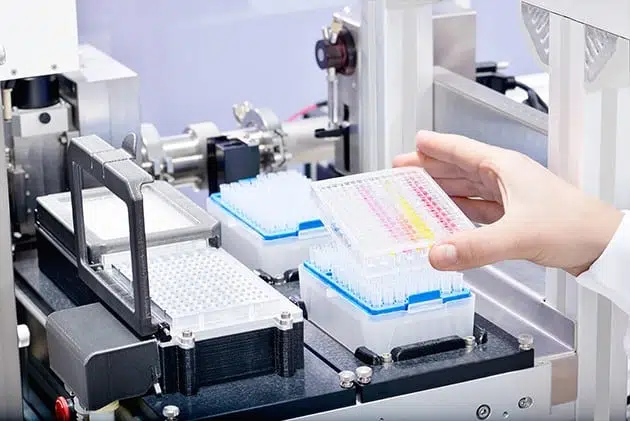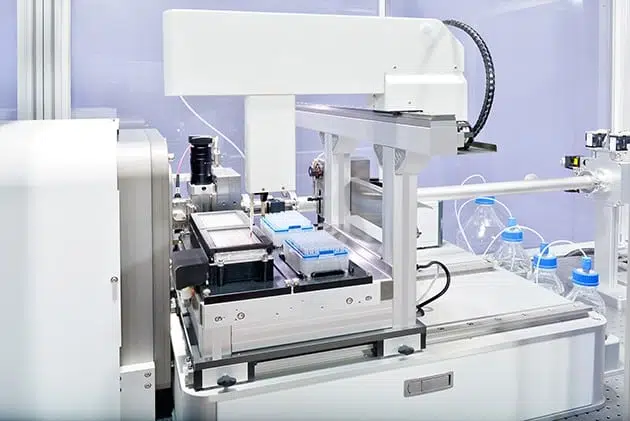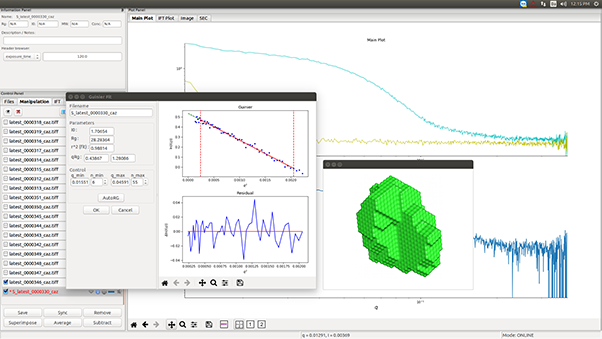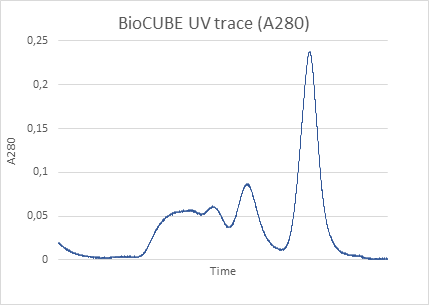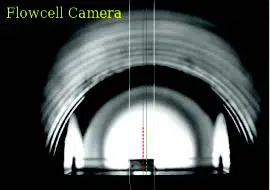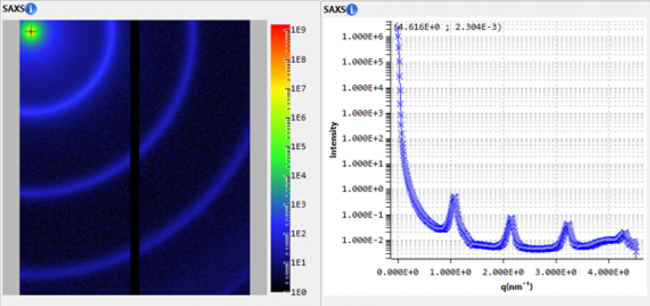Horwitz, Noah E.; Shevchenko, Elena V.; Park, Jehee; Lee, Eungje; Xie, Jiaze; Filatov, Alexander S.; Anderson, John
Fretz, Samuel J.; Janson, Caroline; Rosas-Arbelaez, Walter; Palmqvist, Anders E. C.
M. Henning, Laura; Simon, Ulla; Gurlo, Aleksander; J. Smales, Glen; F. Bekheet, Maged
Cherkasov, Nikolay; Expósito, Antonio José; Aw, Moom Sinn; Fernández-García, Javier; Huband, Steven; Sloan, Jeremy; Paniwnyk, Larysa; Rebrov, Evgeny V.
Wang, Yongtao; Wang, Guanqi; Yao, Jia; Li, Haoran
Osta, Oriana; Bombled, Marianne; Partouche, David; Gallier, Florian; Lubin-Germain, Nadège; Brodie-Linder, Nancy; Alba-Simionesco, Christiane
Bai, Yang; Cherkasov, Nikolay; Huband, Steven; Walker, David; Walton, Richard; Rebrov, Evgeny;
Oschatz, M.; Deelen, T. W. van; Weber, J. L.; Lamme, W. S.; Wang, G.; Goderis, B.; Verkinderen, O.; Dugulan, A. I.; Jong, K. P. de
Bakardjieva, Snejana; Fajgar, Radek; Jakubec, Ivo; Koci, Eva; Zhigunov, Alexander; Chatzisymeon, Efthalia; Davididou, Konstantina
Quinson, Jonathan; Inaba, Masanori; Neumann, Sarah; Swane, Andreas A.; Bucher, J.; Simonsen, Søren B.; Theil Kuhn, Luise; Kirkensgaard, Jacob J. K.; Jensen, Kirsten M. Ø.; Oezaslan, Mehtap; Kunz, Sebastian; Arenz, Matthias






